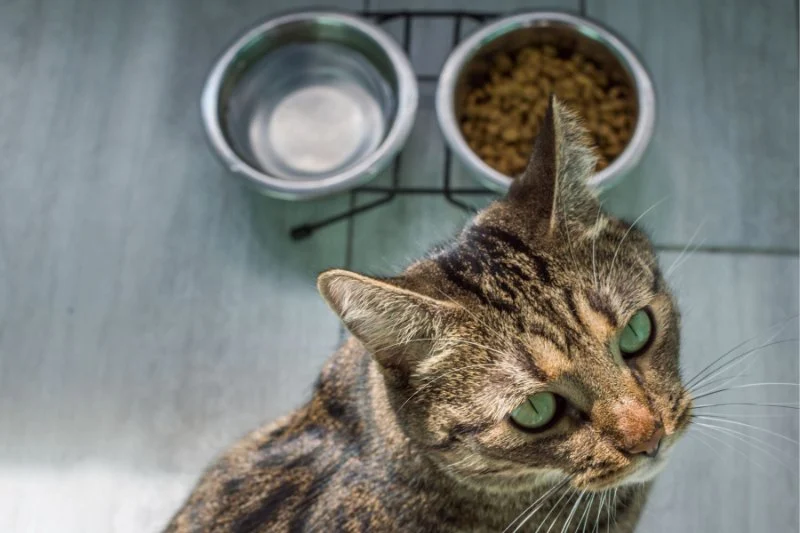
- 1- What is Grain-Inclusive Kitten Food?
- 2- What is Grain-Free Kitten Food?
- 3- Pros and Cons of Grain-Inclusive Kitten Food
- 4- Pros and Cons of Grain-Free Kitten Food
- 5- How to Choose the Right Kitten Food for Your Pet
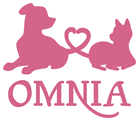

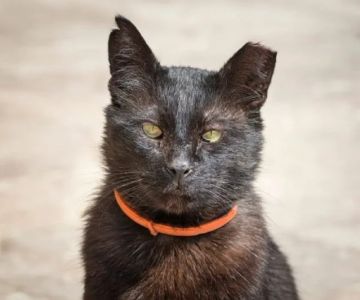
Learn why kittens with notched ears are part of TNR programs. Explore the importance of TNR in controlling the feral cat population and its benefits for animal welfare.
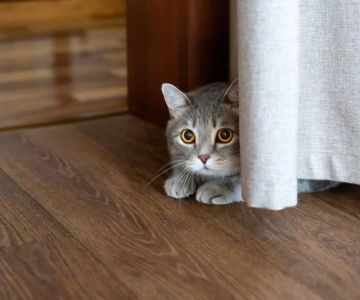
Discover why your cat might be hiding, including both behavioral and medical reasons. Learn when to worry and when to seek veterinary care for your pet's health.

Discover the best life jackets for kittens in a pool. Learn how to keep your kitten safe while swimming with the right life jacket for comfort and protection.
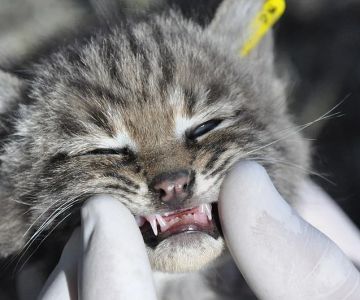
Discover the best toys for your kitten's teething pain. Learn how to choose the right toys and find relief for your kitten’s discomfort. Visit Omnia Pet for the best pet supplies.
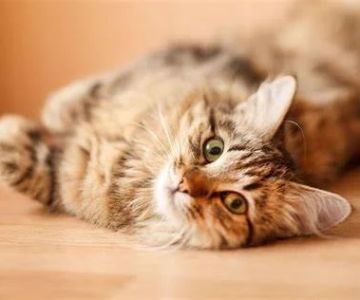
Learn about the top 10 most common kitten behavioral issues and how to manage them. Discover helpful tips and solutions for dealing with common kitten behavior problems.
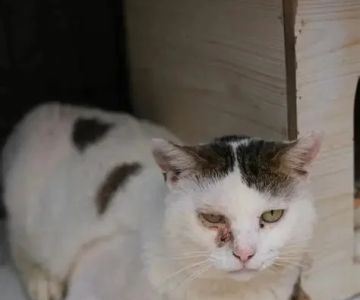
"Learn about the most common kitten health problems, how to spot them, and essential prevention tips to keep your kitten healthy. Discover advice from experts and helpful resources."
 Petco4.0 (990 reviews)
Petco4.0 (990 reviews) Brookside Pups - Wilksbarre4.0 (27 reviews)
Brookside Pups - Wilksbarre4.0 (27 reviews) Devonshire Animal Hospital4.0 (111 reviews)
Devonshire Animal Hospital4.0 (111 reviews) Pawsitive Pet Products5.0 (12 reviews)
Pawsitive Pet Products5.0 (12 reviews) Spay Neuter Clinic: Chandler4.0 (723 reviews)
Spay Neuter Clinic: Chandler4.0 (723 reviews) Rhinebeck Equine, LLP4.0 (57 reviews)
Rhinebeck Equine, LLP4.0 (57 reviews)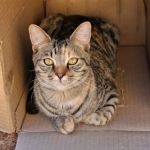 The Science Behind Why Cats Love Boxes and Small Spaces: Understanding Feline Behavior
The Science Behind Why Cats Love Boxes and Small Spaces: Understanding Feline Behavior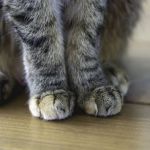 Why Do Kittens Have Whiskers on Their Legs? | Omnia Pet
Why Do Kittens Have Whiskers on Their Legs? | Omnia Pet How to Choose the Right Collar for a Growing Kitten: A Complete Guide
How to Choose the Right Collar for a Growing Kitten: A Complete Guide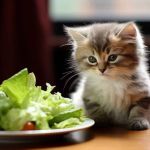 The Science of a Kitten's Digestive System: How It Works and What You Need to Know
The Science of a Kitten's Digestive System: How It Works and What You Need to Know The Top 10 Most Popular Kitten Names of 2024
The Top 10 Most Popular Kitten Names of 2024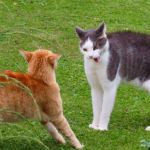 How to Stop a Kitten from Bullying an Older Cat
How to Stop a Kitten from Bullying an Older Cat